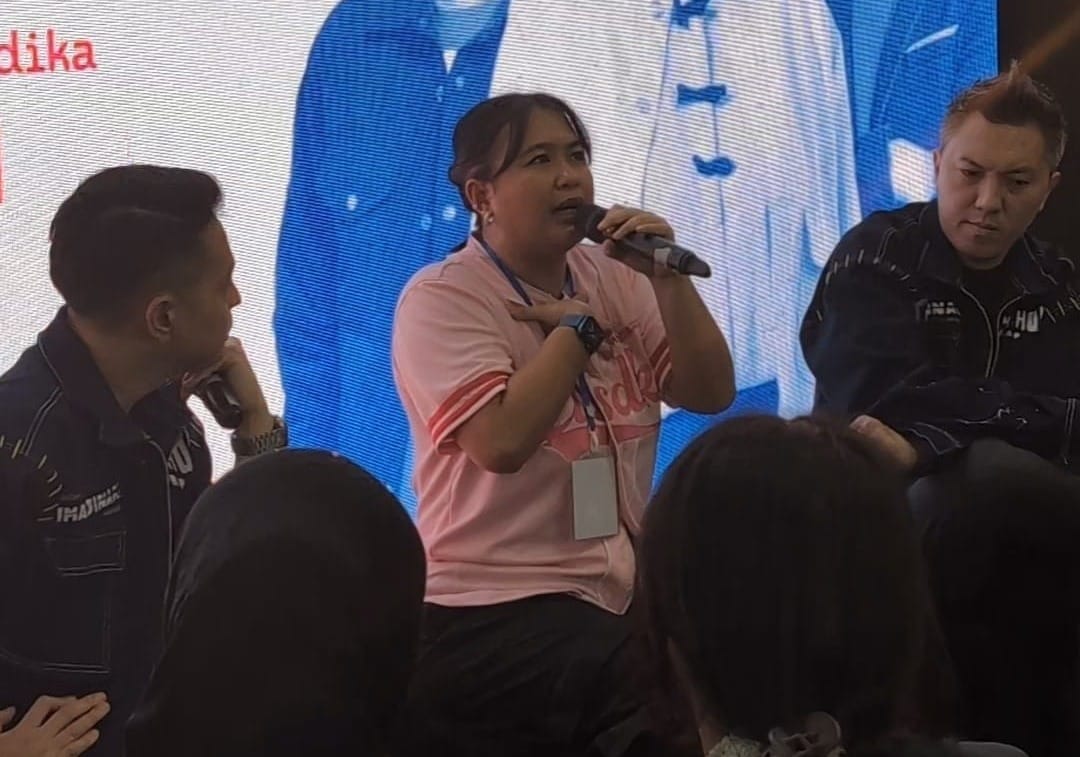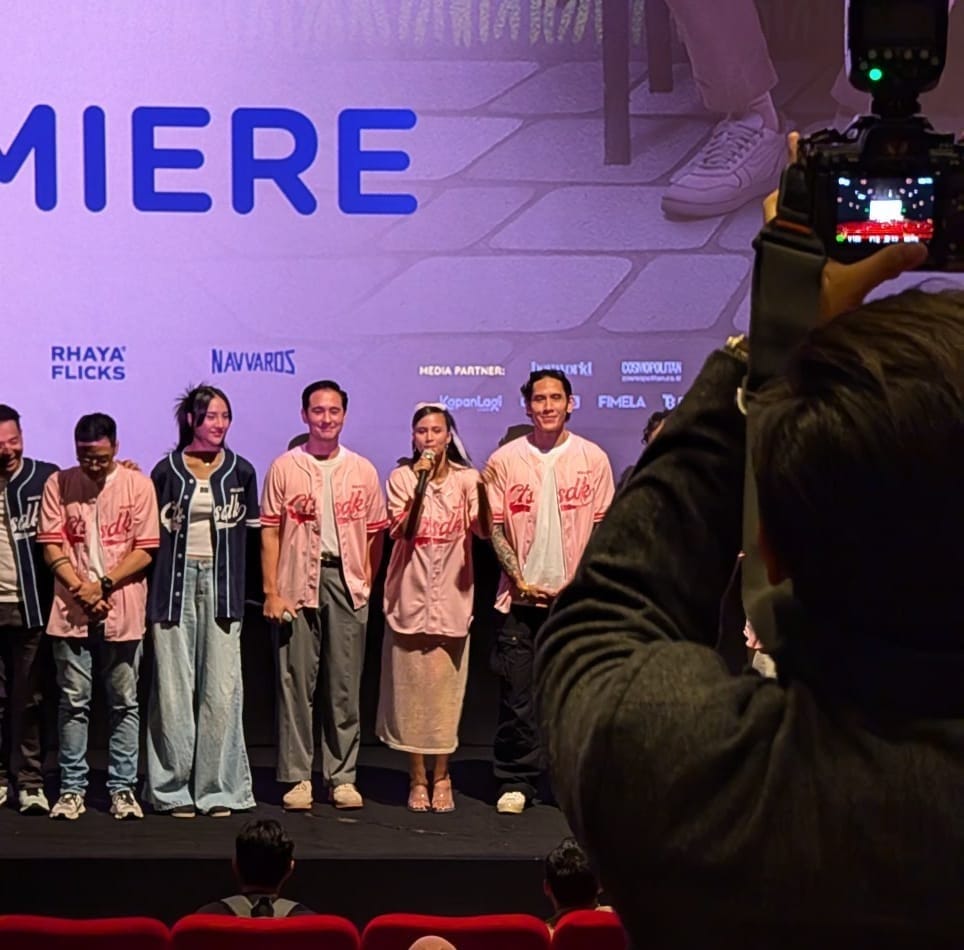Cinta Tak Seindah Drama Korea: Subplots Steal the Show in Meira’s Rom-Com

Meira created a Korean-style romantic comedy perfect for a night out with friends or partners—two hours of laughter and feel good warmth. While the promotional posters highlight a love triangle, the film is so much more.
She must have watched a lot of K drama, as much more so than Hollywood films, they often use subplots to explore the lives and motivations of secondary characters in a way that makes them feel just as significant as the leads. Without them, it would’ve felt like fried chicken without sambal—a good meal, but lacking soul.
There was one subplot scene where Imajinari said in every screening the audience laughed the hardest. I remember being so engrossed in that subplot that only after the scene ended did I remember that, ”oh right, the main love triangle just had a cliff hanger”. I joked with the producer that if he made a spin-off I’d watch it.
The sub plots gave enough space for Meira to showcase the core stength of the film: the distinct, authentic, and relatable characters. Throughout the production, Meira invited her Instagram followers to join her journey. From sleepless nights captioned “Thinking of Oppa” to candid shots of the cast bonding during script readings or exploring Seoul, this behind-the-scenes openness cultivated a tangible chemistry among the actors.
Luthesha’s portrayal of Dhea required emotional depth, balancing humor and heartbreak. Jerome brought the easygoing charm needed for Julian, the “Oppa” archetype. Anya Geraldine nailed the role of Tara, the confident, fit single friend that guys clamor for.
Dea Panendra, as Kikian, stood out with a performance that conveyed the struggle of an mother with three kids. Her husband’s bumbling attempts to manage their kids while she was away provided comic relief, while glimpses of her wild past and personal insecurities reflected the relatable challenges of urban family life.
The most surprising transformation was Bimo. Known for his ”I can kick your **s” vibes in action flicks, he stepped into the shoes of a preppy, vulnerable, clingy “ahjussi” boyfriend—with a penchant for over-pleasing. Any doubts that Ernest and Dipa, the producers, might have had on the casting were quickly dispelled.
At the premiere, Meira revealed this was Imajinari’s most expensive film to make yet. The result is pastel rich, leaning into K-drama aesthetics with intentional close-ups, dreamy silhouettes, and iconic Korean locales. The trio’s escapades through Seoul felt like a vacation we were all invited to join.
If I had to nitpick, I would have liked to see more Korean culture integrated into the film beyond its famous spots. A glimpse into Julian’s daily grind—his apartment, commute, or challenges as a waiter—could’ve enriched the narrative. After all the film is about inyeon (인연), the Korean concept of fate connecting individuals across lifetimes. Highlighting Julian’s struggles might’ve underscored this theme of destined connections by contrasting the lives in Seoul and Jakarta.
But perhaps adding such layers would shift the movie into art-house territory, akin to Past Lives. Holywoods’ interpretation of K-drama with an individualists single plot. Instead the film is many movies in one: A heartfelt portrayal of three lifelong BFFs, the joys and chaos of parenting three kids, and the quiet persistence of a long-term crush.







